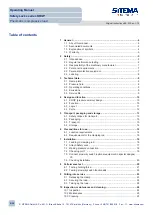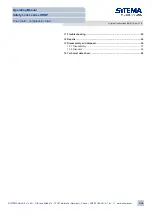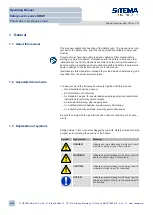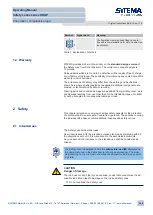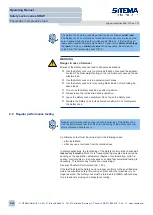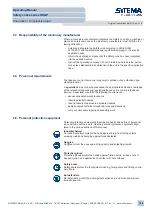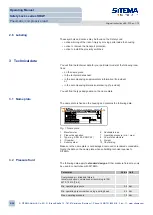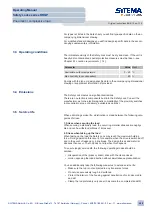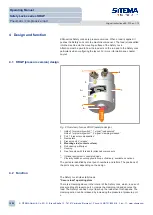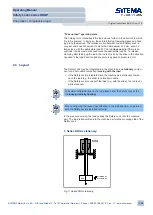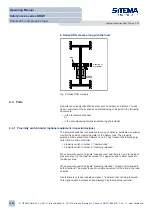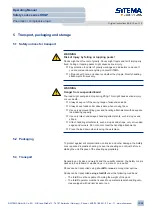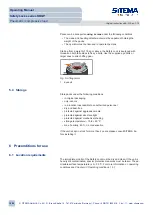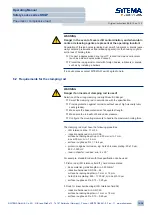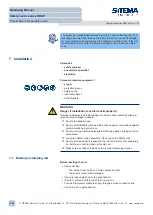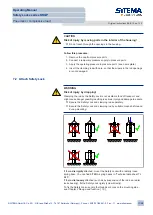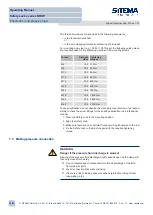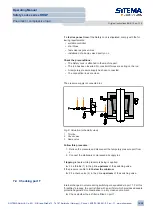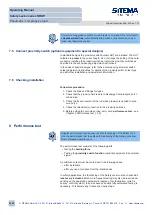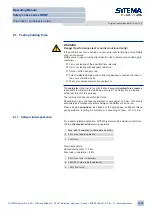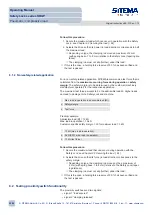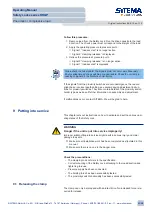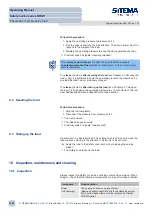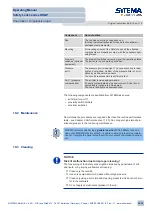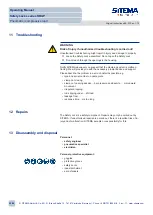
“Take up load” operating state
The holding force intensifies if the load moves further in the direction in which
it is to be secured. In doing so, the self-reinforcing clamping sleeve and hous-
ing brace themselves. The relative motion between rod and Safety Lock is
very low and does not amount to more than a maximum of 2 mm, even on
large sizes, with the admissible load M. The rod
does not
slip if there is an
overload. Loads must not exceed twice the admissible load M. To release
clamping after taking up the load, the rod is moved by the drive in the direction
opposite to the load direction and pressure is applied to pressure port L.
4.3 Layout
The Safety Lock may be integrated into the machine as a
stationary
compo-
nent or as a movable component
moving with the load
:
• If the Safety Lock is integrated into the machine as a stationary compo-
nent, the load (e.g. the slide) is normally movable.
• If the Safety Lock moves with the load (e.g. with the slide), the rod is nor-
mally stationary.
To avoid constraint forces on the rod, attach either the Safety Lock or the
rod
loosely (radially floating)
.
When configuring the layout, pay attention to the load direction, so as to en-
sure the Safety Lock is installed correctly!
In the pressure version, the load pushes the Safety Lock onto the machine
part. The load is transmitted into the machine part via the mounting side of the
Safety Lock.
1. Series KRG is stationary:
KRG
direction of
movement
load
Fig. 3: Series KRG stationary
Operating Manual
Safety Locks series KRGP
Pneumatic / compressive load
Original instructions BA-S12-en-1-15
© SITEMA GmbH & Co. KG . G.-Braun-Straße 13 . 76187 Karlsruhe (Germany) . Phone: +49(0)721/98661-0 . Fax: -11 . www.sitema.com
11/28


